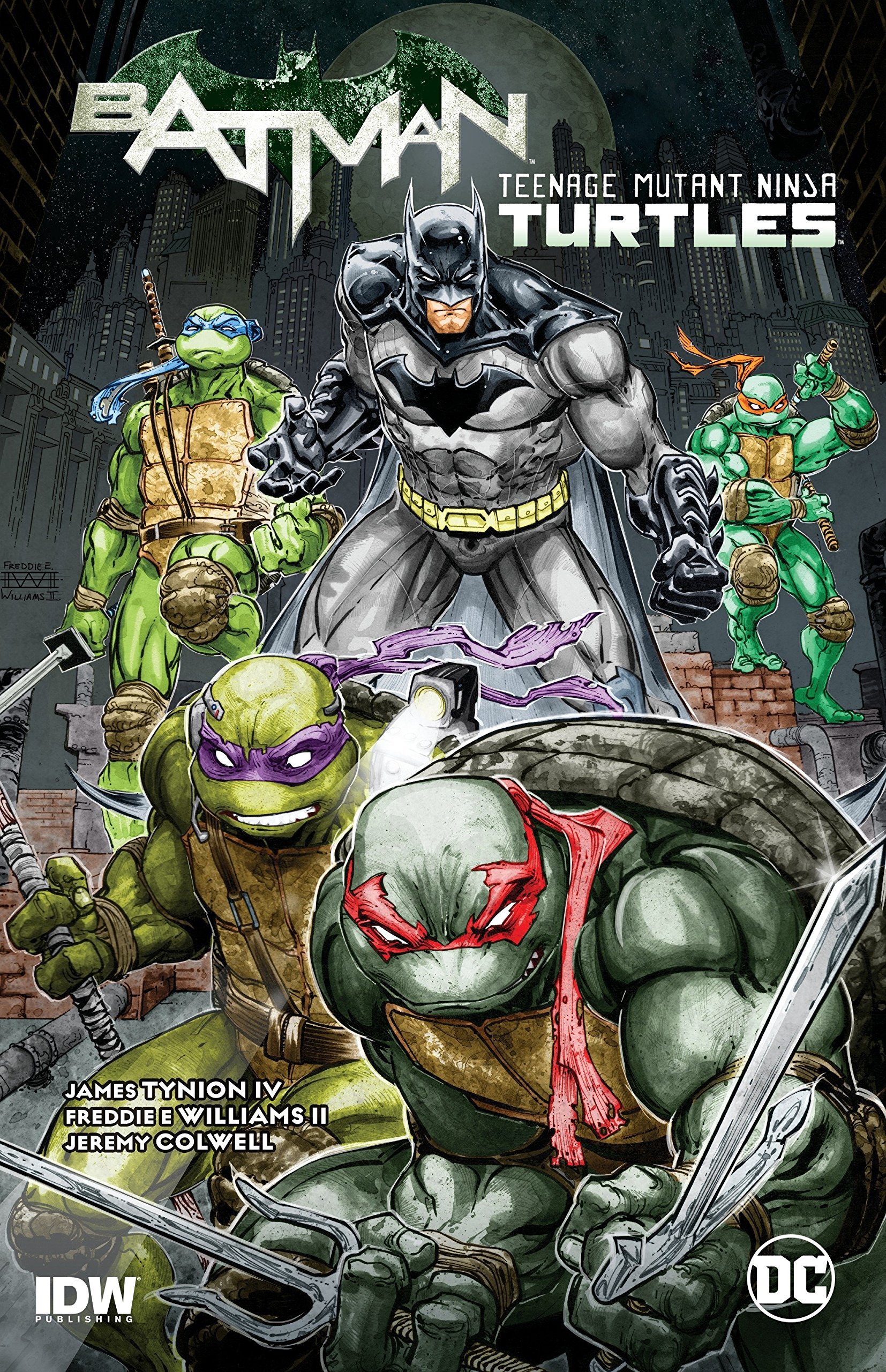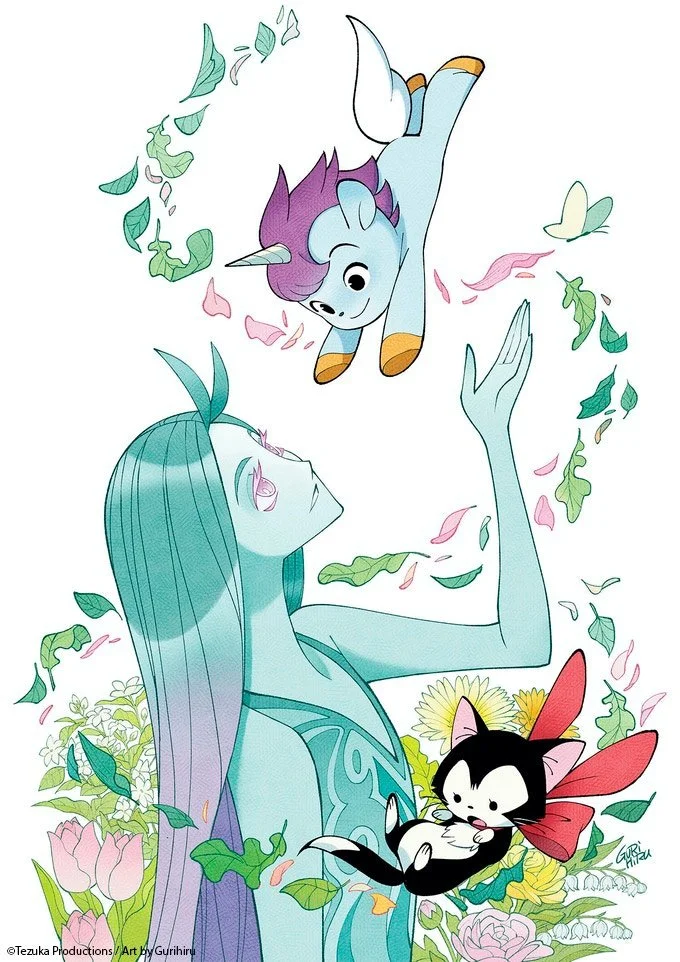Black Widow Underestimated - Tortured Beginnings and Solo Black Widow
By Paul Thomas — Marvel Knights as an imprint for Marvel Comics ushered in a grittier, more mature approach to superhero comics, starting with Black Panther (v.3), Daredevil (v.2), Punisher (v.4), and Inhumans (v.2).
While Marvel’s legacy numbering for solo Black Widow comics series begins with the series launched in 2010 (v.4), the Marvel Knights era includes several examples of the tortured beginnings for Black Widow that continue to underestimate and hypersexualize the character, regardless of whether Natalia/Natasha or Yelena are featured in the role.
In this post, I want to highlight the appearances of Black Widow in Daredevil (v.2) and then two mini-series under Marvel Knights (v.1 and v.2) and one under Marvel MAX (Pale Little Spider).
Rebooting Daredevil and Re-embracing Black Widow Comics
As I noted in my opening post, I associate Black Widow with Daredevil, specifically in the 1970s run where they shared the cover title.
Daredevil (v.1) issue 92: The first issue with shared titles offers a contrast to the all-too-common depiction of Black Widow bound and helpless with Daredevil unconscious and Black Widow poised to save the day. (Cover by Gene Colan)
After v.1 of Daredevil ended in 1998, Marvel relaunched Daredevil (v.2) with Kevin Smith and Joe Quesada as the primary creative team.
By issue 2, Matt Murdock/Daredevil reunites with Natasha Romanov/Black Widow where she confronts Matt who explains, “Last night, the girl shows up in my office, and dumps the baby in my lap.”
Daredevil (v.2) issue 2: Scott Campbell variant
Natasha challenges Matt about his womanizing, but the scene builds to Matt leaving Natasha to change the diaper (possibly the peak example of the character being underestimated) and exclaiming, “Good God — I was an Avenger!”
By the end of the issue, however, the portrayal of Natasha becomes even more reductive: “I have to confess though — it’s stirred up all sorts of maternal instincts. For the first time in my life I hear my ‘biological clock’ ticking.”
Throughout these opening issues of the rebooted Daredevil, Black Widow serves mainly as romantic tension on the sidelines of the storyline leading to Karen Page’s death, but these lazy portrayals Natasha serve as a warning for the solo issues to come under Marvel Knights.
Will the Real Black Widow Please Stand Up?: Natasha v. Yelena, More than a Little Problem
The first Black Widow (v.1) solo title ran for three issues in mid-1999, written by Devin Grayson with art by J.G. Jones. The stories involve both Natasha and Yelena Belova as Black Widow, and the covers (as well as the brevity of the series) once again offer too little, even in the use of “Itsy-Bitsy Spider,” reductive and childlike.
Black Widow (v.1) issues 1-3: Covers by J.G. Jones and Dave Kemp.
The story arc opens with Natasha, Matt Murdock, and Yelena, who eventually confront Natasha as they both claim the title Black Widow. The narrative focuses on both as powerful characters, yet the artwork continues to be exploitive with Natasha’s skin-tight uniform and Yelena’s bare mid-drift.
Black Widow (v.1) issue 1: Grayson and Jones.
The representation tension between Natasha and Yelena is certainly an improvement over Natasha’s fawning over Matt and fighting her maternal instincts; however, at times, this mini-series looks like an extended cat fight designed for the reader’s gaze instead for developing either character.
Also, Natasha serves more as sacrifice and symbol than giving the character a deeper and more well-deserved treatment. By issue 3, Natasha is part of a fake-death scenario, and Yelena, like Natasha so often on covers, finds herself bound:
Black Widow (v.1) issue 3: Grayson and Jones.
Again under Marvel Knights, Black Widow (v.2) ran for only 3 issues in the beginning of 2001. Grayson co-wrote with Greg Rucka and Scott Hampton provided the artwork.
Black Widow (v.2) issues 1-3: Covers by Scott Hampton
This mini-series maintains the Natasha, Yelena, Daredevil dynamic, but it represents a move toward a more distinct and stylistic look that has often been associated with Daredevil creative teams and will be seen in future solo runs for Black Widow. There is a realism to Hampton’s art that raises the level of the switched identity plot (and adds a feel that reminds me of Alex Maleev, see later in this post).
Black Widow (v.2) issue 1: Grayson, Rucka, Hampton.
In the context of multiple solo series for Black Widow, many very short, a plot involving faked death, switched identities, and the reoccurring tension among Natasha/Yelena/Daredevil, volume 2 does offer a much more powerful stylistic approach to the character.
That stylistic quality, as I noted above, fits into the realism and dark approach found in Maleev’s Daredevil (which I discuss in the last section).
Black Widow (v.2) issue 3: Grayson, Rucka, Hampton.
This second solo series offers a promise of what does and can come next in Marvel’s treatment of Black Widow, but there is a serious bump in that journey with the Pale Little Spider three-issue offering from MAX. This series subjects Yelena as Black Widow to the most extreme examples of underestimating and hypersexualizing found with either Black Widow.
The series is written by Rucka and drawn by Igor Kordey, but suffice it to say, the covers once again admit a lurid interest in bondage and Yelena’s bare mid-drift.
Black Widow: Pale Little Spider issues 1-3: Covers by Greg Horn.
Black Widow and Daredevil: Old and New Promises
Black Widow experienced a much reduced but similar experience to other titles under Marvel Knights in the beginning. As I discussed in the opening, Daredevil represents the power of creative teams (think Frank Miller) and the success of characters—as well as the how strongly Marvel was committed to those characters.
In the next post, I will turn to Black Widow v.3 and Black Widow 2, both of which had six-issue runs.
Finally, I want to touch briefly on the four-issue arc, The Widow, in Daredevil (v.2) featuring Black Widow and under the celebrated creative team of Brian Michael Bendis and Alex Maleev.
This arc includes three provocative Black Widow covers (absent bondage).
Daredevil (v.2) issues 61, 63, 64: Covers by Alex Maleev.
This Daredevil arc, I think, helps frame many of the considerations I will be addressing in future posts. For example, in issue 61, Matt finds Natasha in his bed.
Daredevil (v.2) issues 61: Bendis and Maleev.
The reuniting of Daredevil and Black Widow certainly reaches back to those co-title years in the 1970s, but it reads now as a foundation for the possibilities ahead for Black Widow as a solo character.
As I have been exploring, Black Widow as underestimated and hypersexualized also includes trying to navigate between body autonomy and objectification and between being sexual and being hypersexualized.
Daredevil (v.2) issues 64: Bendis and Maleev.
Black Widow can be a question of power as well as an examination of the place of powerful women in a hostile world.
In next month’s post, I will focus on whether or not Marvel began to fulfill the promises made so far.
Read our parallel look at the history of Daredevil, Man Without Fear…By The Year!
Read more feature writing about comics!
P. L. Thomas, Professor of Education (Furman University), taught high school English for 18 years in South Carolina before moving to teacher education and teaching first-year writing. He is author of How to End the Reading War and Serve the Literacy Needs of All Students: A Primer for Parents, Policy Makers, and People Who Care (IAP). Follow him at http://radicalscholarship.wordpress.com/ and @plthomasEdD.

















